|
The
Yemeni Burkan Missile Riddle
|
What is the Yemeni Burkan (Burkan)
missile and what is its origin? We do not know it reliably. There is a
striking similarity with the Iranian Qiam Missile. That is why Iran is
referred to as a sponsor.
But it can be an other. A rare
photo of an unknown missile is tell-tale.This show clearly a North Korean
origin (forested mountain on horizon). The projectile (HS-11 ?) has no
fins and is similar Qiam or Burkan (right).
Some remains of the Burkan-H2
missile, which was recovered in Saudi Arabia, were examined and as of
Iranian Qiam-1 missile identivied.
The presented evidence is ridiculous. Some "evidences" are mysterious.
According to all available reports regarding Iranian missile program published,
the Shahid Bagheri Industrial Group (SBIG) is responsible only for a solid-fuel
rocket production. Iranian liquid-fuel missiles are under responsibility
of another company. The Scud is a liquid-fuel missile, and has therefore
nothing to do with the Shahid Bagheri group. The presented debris with
logo is a deliberately wrong assignment. It is nonsensical to believe
that Iran makes the mistake of exporting the easily identifiable Qiam-1
to Yemen. Is there a wrong game played to discredite Iran ?
The United Nations experts continue to investigate the fragments of the
missile that was launched by Yemeni rebels towards Riyadh, stating that
there is no confirmation that the rocket is of Iranian origin, UN Under-Secretary
General for Political Affairs Jeffrey Feltman said.
|
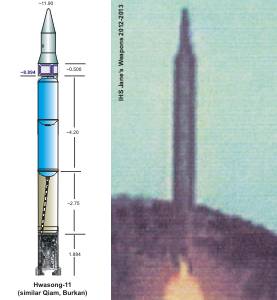
North Korean HS-11
|
1. Iranian Qiam-1
The Qiam was first presented in Iran
in 2010. It was found that the Qiam is a modified Scud-C. Compared to the
Scud-B, the intertank section is missing in the Scud-C. A notable finding
of the investigations is that a Scud-C does not have stainless steel tanks
as the Scud-B, but that they made of aluminum alloy. From the Scud-C there
are no reliable documents or photos of the Soviet original. In Iran and North
Korea, however, the Scud-C is standard as Shahab-2 and Hwasong-6 in various
designs.
Recent research on my part (not least by
a comparison with the Burkan-2H missiles) has been noticed that the
Qiam is longer than previously thought. Although the Qiam is a Scud-C
from the origin, but has in addition to the significantly shortened guidance
unit, the absence of the fins and the unique WH, a extended body of
about 1.00 m. Based on photos a total missile length of about 12 m can be
measured. Due to the increase in fuel and the longer burning time (about +10
sec), the range of the projectile increases significantly.
The latest evidence, based on a wreckage from
the January 8, 2020 attack on the US-base Ain-al-Assad in Iraq, confirms that
the Qiam is a strikingly modified Scud-C. The information gathered from wrecks
of the Burkan-2H in Yemen had already shown that the fuel tank had been
moved from top to bottom and the oxidant tank is now mounted above it.
This oxidizer tank is divided into two separate sections, separated by a bottom
with a valve.
These findings also solve the riddle of the observed arrangement of the filling
valves on the tanks: marked red for the oxidizer and yellow for the fuel.
|
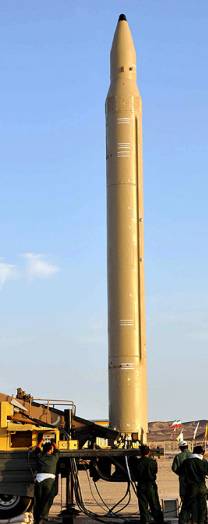

|
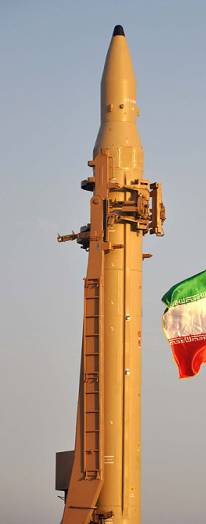

|
|
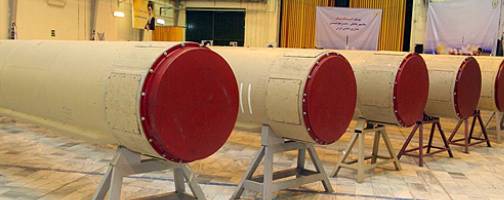
|
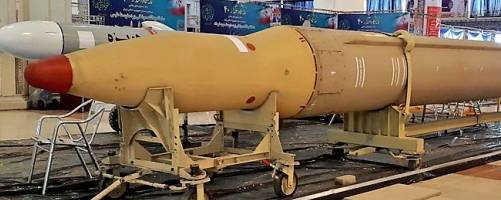
Qiam with its typical short guidance
section
|
|
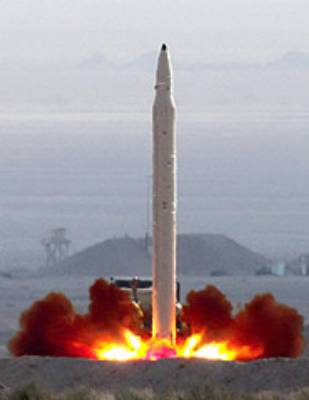
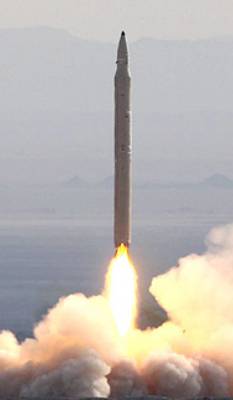
|
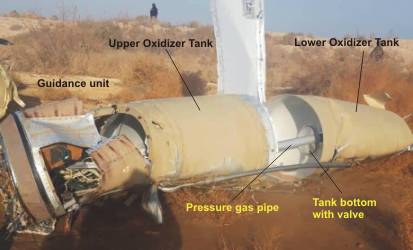
It can be clearly
seen that the oxidizer tank is split
|
3.
Iranian Qiam-2
The Qiam-2 differs from the Qiam-1 in
the winged WH, which allows a more precise sighting to the target.
|
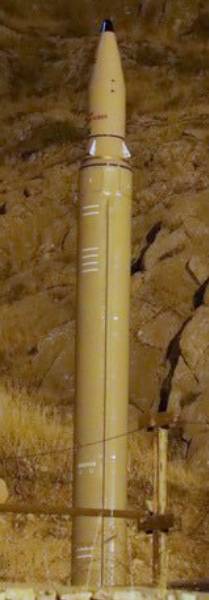
Qiam-2 with mini-fins and winged
WH
|
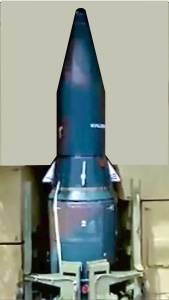
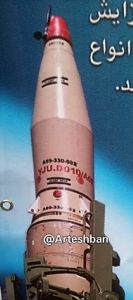
|
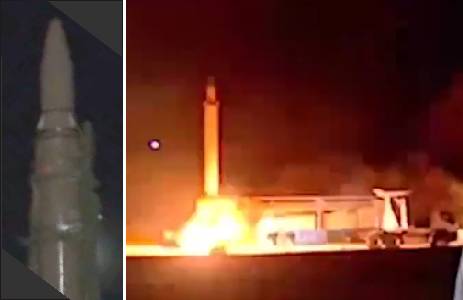
Qiam-2 attack against ISIS
|
|
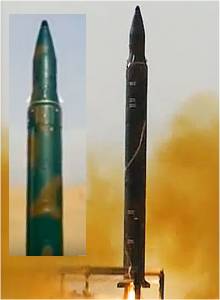
|
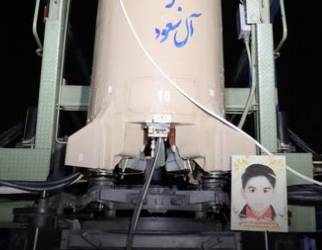
|
4. Yemeni Burkan-1
The Burkan-1 is a
standard Scud-B
5. Yemeni Burkan-2
The Burkan-2 is obviously a standard
Scud-C, and equipped with shortened guidance unit and typical WH similar the
Qiam-1.
|
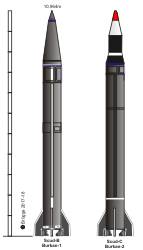

|

|
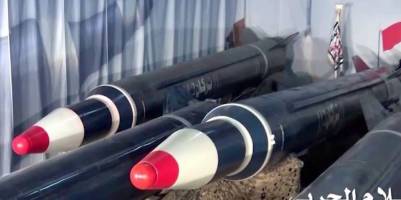
Burkan-2 missile with fins
|
6. Yemeni Burkan-H2
The longer Burkan-H2 is in its whole
appearance very similar to the Qiam-1 (or HS-11) with about 12 m in length.
|
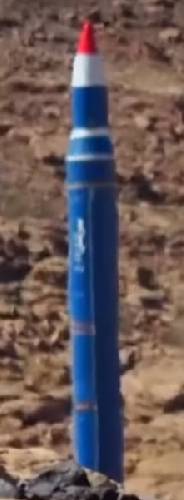
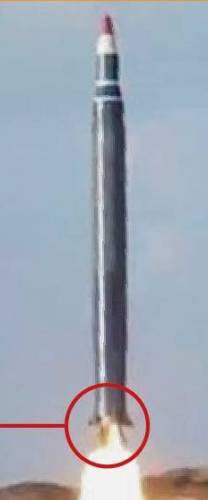
Burkan-H2 with mini-fins similar
Qiam-2
|
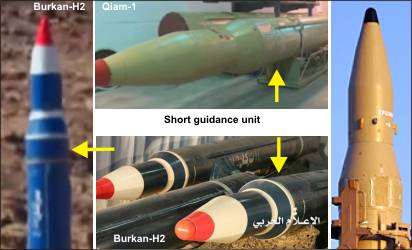
Burkan-H2 missiles have a short
guidance unit as we know it from the Qiam-1
|
|

|

|

|

|
|

|

|

|

|
|
Some remains
of the Burkan-H2 missile salvaged in Saudi Arabia have allegedly
been identified as parts of an Iranian Qiam missile. But the United
Nations experts continue to investigate the fragments of the missile
that was launched by Yemeni rebels towards Riyadh, stating that
there is no confirmation that the missile is of Iranian origin,
UN Under-Secretary General for Political Affairs Jeffrey Feltman
said.
|
|
7. Yemeni Burkan-3
The Burkan-3 (now
Zolfaqar) is a Burkan-H2 with a shorter and lighter
WH, which further increases the range.
|